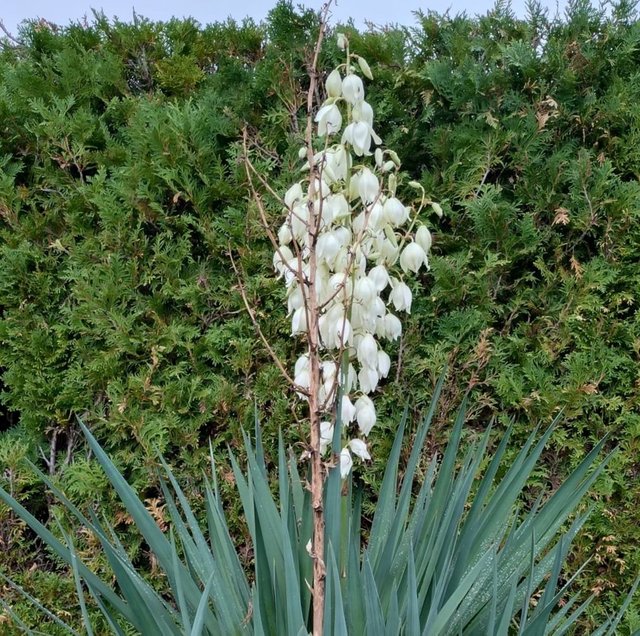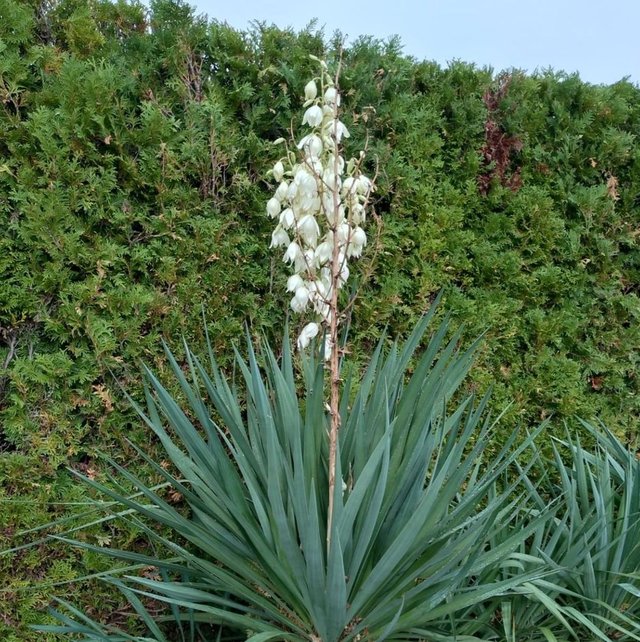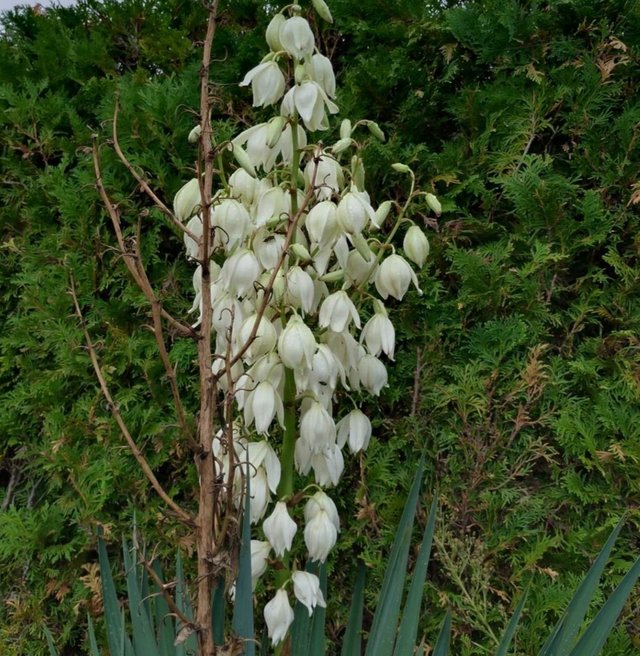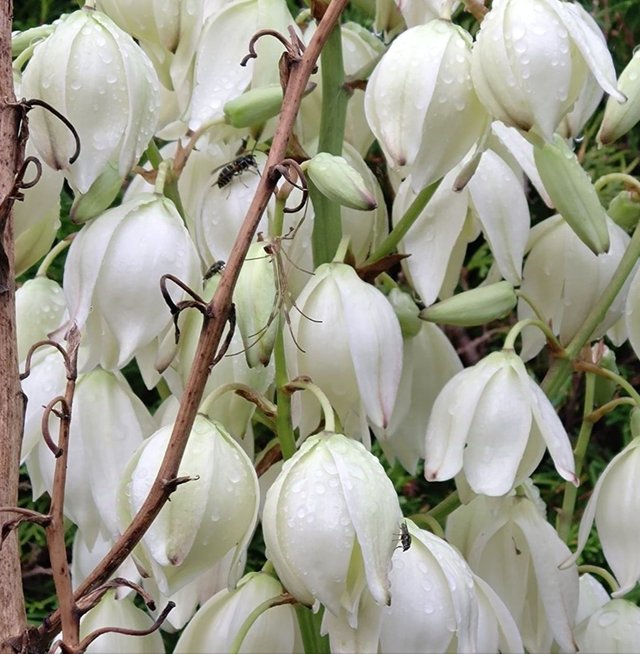White Colour Adam's Needle Flower
Adam's Needle: A Remarkable Native Plant
Adam's needle, scientifically known as Yucca filamentosa, is a distinctive evergreen perennial native to the southeastern United States. With its sword-like leaves, striking flower stalks, and unique adaptability, this plant has become popular not just for its aesthetic appeal but also for its resilience and role in ecosystems. Known for its low-maintenance care and drought resistance, Adam's needle can be found in both natural landscapes and cultivated gardens. Let’s take a deep dive into the characteristics, growth habits, uses, and ecological significance of this fascinating plant.
Physical Characteristics
At first glance, Adam's needle is easily recognizable due to its rosette of long, narrow, and stiff leaves. These leaves, which are usually blue-green or gray-green, taper to a sharp point at the end, mimicking the shape of a needle. The edges of the leaves are often fringed with curly, thread-like fibers—giving it a unique, almost ornamental appearance. Typically, the plant grows to about 2-3 feet in height and spreads about 2-4 feet wide, making it a compact yet visually striking addition to gardens.
One of the most spectacular features of Adam’s needle is its towering flower stalk. In early summer, a thick central stem emerges from the rosette, growing up to 6-8 feet tall. This stalk is topped with a cluster of creamy white, bell-shaped flowers that dangle elegantly from the stem. These flowers, which appear in late spring to early summer, are not only attractive to humans but also to a variety of pollinators, especially nocturnal ones like moths.
Growth Conditions and Habitat
Adam's needle thrives in well-drained soils and is highly drought-tolerant, making it an ideal plant for xeriscaping or dry, arid environments. It prefers full sunlight, although it can tolerate partial shade. It is hardy to USDA zones 4-10, which means it can survive in both the cooler climates of the north and the hotter, more humid regions of the south. The plant's ability to grow in poor, sandy, or rocky soils has earned it a reputation as a survivor in less-than-ideal garden conditions.




